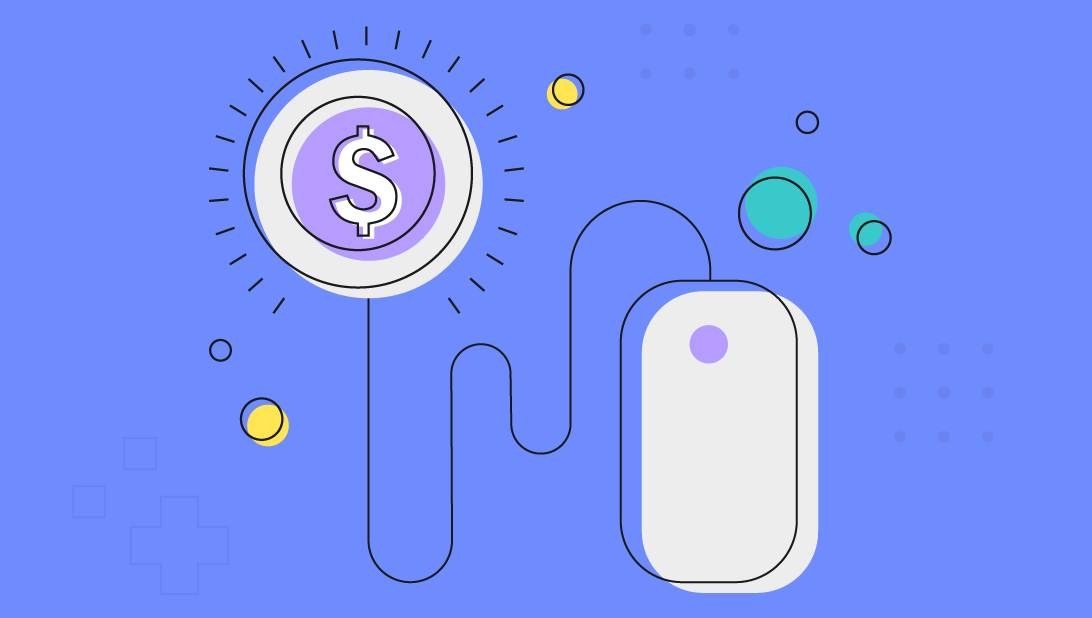



You’re probably familiar with the concept of continuous improvement in software development. But did you know you can apply a similar iterative process to SaaS marketing to stay current with the fast-shifting market and adapt to customer demand?
Data analytics is the foundation of continuous improvement in marketing. You can gain audience insights and evolve your tactics by collecting and analyzing data from your website traffic, social media posts, email campaigns, online ads, etc. Let’s explore how to integrate continuous improvement into your SaaS marketing strategy.
Your SaaS buyer personas are the foundation of your marketing strategy, helping guide your messaging and promotional tactics. Most companies have created their SaaS buyer personas at some point. However, few revisit them routinely to align them with shifting customer behaviors and expectations.
Your audience’s needs, challenges, and preferences evolve, and so should your SaaS buyer personas. Regularly verify that they align with real-world customers and prospects by conducting interviews and surveys. Don’t just focus on happy customers — dissatisfied ones often give you the most constructive insights.
It’s equally important to know who your customers are and where to find them as it is to understand how they interact with your brand and respond to your messaging. Digital channels enable buyers to take an active role in the purchase process, and you must meet their needs and concerns at each stage to nudge them toward conversion.
Map the customer journey based on your SaaS buyer personas to identify key purchasing stages, prospects’ priorities, and touchpoints. Collect and analyze customer data, evaluate the buying experience, and use insights into purchasing behaviors to eliminate friction along the buyer journey.
Many SaaS companies understand the power of inbound marketing, which uses high-quality content to drive traffic. However, some neglect to collect performance metrics and see if their content strategy supports their search engine, social media, and email marketing efforts to achieve intended outcomes.
To implement continuous improvement in content marketing, perform regular audits that evaluate existing content for relevance, accuracy, and performance. Identify high-performance pieces and update or repurpose them to amplify results. Also, remove outdated content and consolidate redundant posts.
Additionally, keep up with industry and content marketing trends. Use data analytics to identify topics your audience cares about and content types they prefer (e.g., video, infographics, webinars, whitepapers, etc.), and adopt new tools and technologies to save costs.
Search engine optimization (SEO) evolves quickly, and continuous improvement is critical for ongoing success. Regular SEO audits can help you pinpoint areas of improvement:
Stay current with the latest search engine algorithm changes and adapt your content strategy to achieve and maintain top rankings. Track key performance indicators (KPIs) and use data analytics tools to understand traffic patterns, user journeys, and conversion paths to inform targeted adjustments.
Per-per-click (PPC) advertising complements your SEO strategy to drive high-quality traffic. PPC campaigns also offer immediate and granular insights into user behaviors on search terms and content preferences to inform continuous improvement in your SEO, content marketing, and audience segmentation strategy.
Conduct regular keyword research to discover high-performing keywords. Use performance metrics to refine your targeting and audience segmentation strategy. Experiment with headlines, ad copy, calls-to-action (CTAs), visual elements, and landing pages to identify the winning formula.
Data-driven website design helps eliminate guesswork by analyzing user data and behaviors to inform decisions. It supports continuous improvement through the cyclical process of planning, building, learning, and iterating to enable ongoing adaptation to shifting market demand and customer expectations.
Inform your iterative process with data-driven user research. Use tools like Google Analytics, Hotjar, and Mixpanel to analyze user behavior. Gather qualitative data and customer feedback through surveys, interviews, and usability tests. Also, optimize layout and content placement with insights from heatmaps and session recordings.
Is your email marketing strategy supporting your content marketing effort and moving leads effectively down the marketing funnel? Track your email campaigns’ open rates, click-through rates (CTR), conversion rates, and unsubscribe rates to monitor performance and inform continuous improvement.
Use data analytics to see if you’re building a high-quality email list, evaluate your audience segmentation strategy, and refine your marketing personalization tactics. Also, A/B test elements like subject lines, send times, CTAs, and email layouts to find the best-performing variations.
Continuous improvement in marketing requires ongoing efforts, an in-depth understanding of the audience, expertise in data analytics, access to various tools to process relevant performance metrics, and specialized skillsets to turn insights into action.
All these can be intimidating for SaaS companies without a large marketing team to handle every aspect of a holistic strategy.
Partnering with an experienced B2B SaaS marketing agency gives you access to an expert team and technologies to evolve your tactics through continuous improvement. At Spot On, we implement a data-driven approach to help our clients gain audience insights and refine their strategies for long-term success.
Book a meeting to review your current marketing strategy and see how you can leverage data-driven insights to make meaningful adjustments.


Rebecca Graves co-founded Spot On in 2012. As a partner and leader of client services, she takes immense pride in being in charge of “client happiness.” The role allows her to wield her problem-solving skills while fostering big-picture perspectives and team building. Rebecca’s more than 35 years of experience have equipped her to translate strategic planning expertise for the advancement of tech companies transforming the healthcare, financial, and legal industries.
Get the latest and greatest posts sent straight to your inbox.


